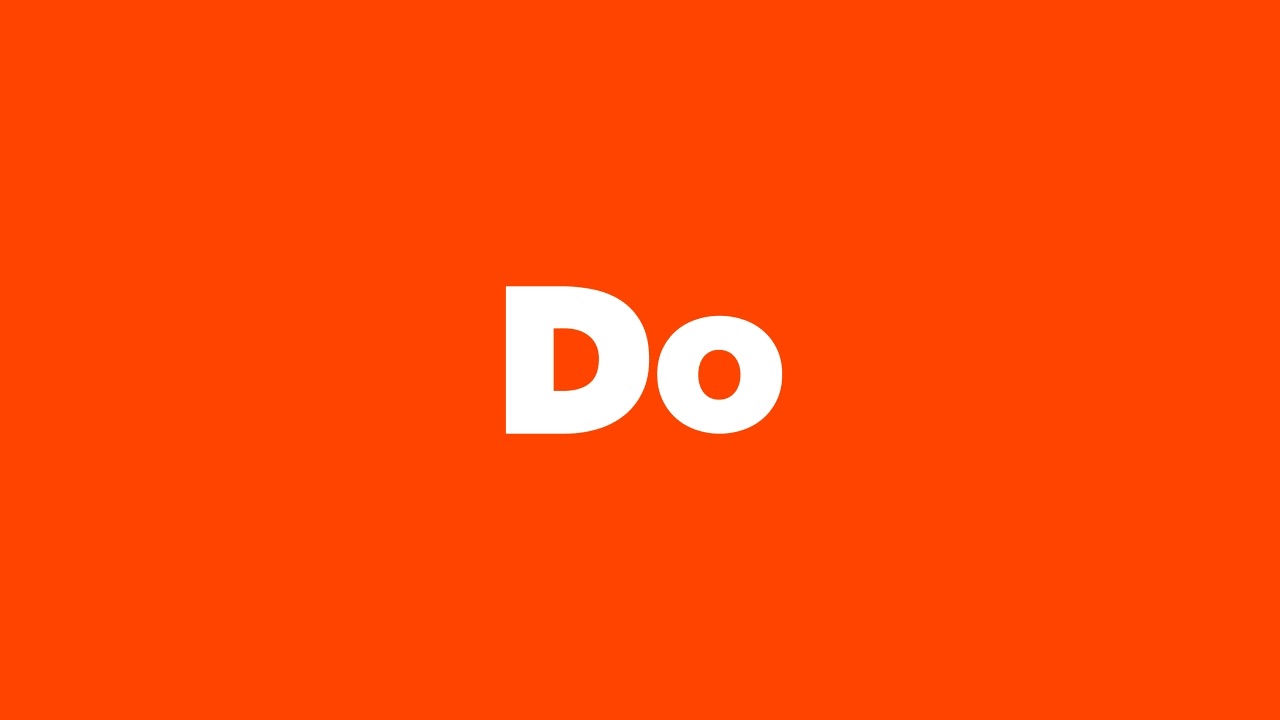SWAG in Business: Complete Guide to Promotional Products and Marketing Strategy
Understand swag in business context
Swag stand for” stuff we all get” or” souvenirs, wearables, and gifts” in business terminology. These promotional products serve as tangible marketing tools that companies distribute to customers, employees, and prospects to increase brand awareness and foster relationships.
Business swag encompass everything from branded pens and t shirts to high-end electronics and custom merchandise. The strategic use of promotional products has evolved into a sophisticated marketing discipline that generate measurable returns on investment.
The marketing power of promotional products
Promotional products create last impressions that digital marketing unique can not achieve. When recipients use brand items every day, they experience repeat exposure to company logos and messaging. This consistent visibility build brand recognition and keep businesses top of mind.
Research indicate that promotional products generate higher recall rates compare to traditional advertising methods. Recipients remember the advertiser’s name, message, and contact information more efficaciously when associate with useful items they interact with regularly.
Tangible brand connections
Physical promotional items create emotional connections between brands and consumers. Unlike fleeting digital advertisements, swag provide last value through practical utility. Recipients develop positive associations with brands that provide useful, quality items.
The tactile nature of promotional products engage multiple senses, create stronger memory formation. This multisensory experience enhance brand recall and influences purchasing decisions retentive after initial distribution.
Strategic swag implementation
Successful promotional product campaigns require careful planning and strategic thinking. Companies must align swag selection with target audience preferences, brand identity, and marketing objectives.
Audience analysis and product selection
Understand recipient demographics, interests, and lifestyle patterns guide effective product selection. Tech professionals appreciate high quality charging cables or wireless accessories, while fitness enthusiasts value brand water bottles or workout gear.
Product utility straightaway correlate with campaign effectiveness. Items that solve problems or enhance daily routines generate higher usage rates and extend brand exposure. Quality considerations besides impact recipient perception and brand reputation.
Budget planning and ROI measurement
Promotional product budgets vary importantly base on quantity, quality, and customization requirements. Companies typically allocate between 1 3 % of total marketing budgets to promotional products, though percentages fluctuate base on industry and strategy.
Measure promotional product ROI involve track brand awareness metrics, lead generation, customer acquisition costs, and retention rates. Advanced tracking methods include QR codes, unique URLs, and promotional codes that direct attribute sales to specific campaigns.
Popular business swag categories
Technology accessories
Branded technology items remain extremely popular due to their practical value and frequent use. USB drives, phone chargers, wireless speakers, and laptop accessories provide extended brand exposure in professional environments.
Tech swag appeals to diverse demographics and maintain relevance across industries. The perceive value of electronic promotional products much exceed actual costs, create positive brand impressions.
Apparel and wearables
Branded clothing transform recipients into walk advertisements, extend marketing reach beyond initial distribution. Quality apparel items like polo shirts, jackets, and hats generate ongoing visibility in various social and professional settings.
Wearable promotional products require careful attention to style, fit, and fabric quality. Recipients must authentically want to wear items for campaigns to succeed, make design and quality crucial factors.
Office and desk accessories
Workplace promotional products maintain consistent visibility during business hours. Branded notebooks, pens, desk organizers, and calendar items provide daily brand exposure in professional environments.
Office swag oftentimes generate extend use periods, sometimes lasting months or years. This longevity maximizes cost per impression ratios and build familiarity through repeat exposure.
Distribution strategies and timing
Effective swag distribution require strategic planning around events, seasons, and customer touchpoints. Trade shows, conferences, and industry events provide concentrated distribution opportunities with engaged audiences.
Event base distribution
Trade shows and conferences offer prime promotional product distribution opportunities. Attendees expect brand items and oftentimes compare offerings between exhibitors. High quality, unique swag help companies stand out in competitive environments.
Event time influences product selection and messaging. Summer conferences favor practical items like water bottles and sunglasses, while winter events benefit from warm accessories or indoor utility items.
Customer journey integration
Incorporate promotional products throughout customer journeys enhance relationship building and retention. Welcome packages for new clients, appreciation gifts for loyal customers, and milestone recognition items strengthen business relationships.
Strategic timing maximize impact and demonstrate thoughtfulness. Birthday gifts, anniversary acknowledgments, and achievement celebrations create positive emotional connections beyond transactional relationships.
Customization and branding considerations
Effective promotional product branding balance visibility with aesthetic appeal. Oversized logos or excessive branding can diminish item attractiveness and reduce usage rates.
Design best practices
Subtle branding frequently proves more effective than prominent logo placement. Recipients prefer items that complement their personal style while subtly display brand affiliation.
Color coordination with brand guidelines maintain consistency across marketing materials. Quality print or engrave techniques ensure professional appearance and durability throughout item lifespan.
Personalization options
Personalized promotional products generate higher perceive value and emotional connection. Individual names, custom messages, or tailor product selections demonstrate attention to recipient preferences.

Source: theodmgroup.com
Advanced personalization technologies enable mass customization at reasonable costs. Digital printing, laser engraving, and variable data processing allow unique customization for each recipient.
Industry specific swag strategies
Healthcare and medical
Healthcare promotional products emphasize cleanliness, professionalism, and patient care. Hand sanitizers, antibacterial items, and wellness focus products align with industry values and recipient needs.
Medical conferences and healthcare events provide target distribution opportunities for specialized promotional products. Stress balls, ergonomic accessories, and health monitoring tools resonate with healthcare professionals.
Financial services
Financial industry swag emphasize trust, stability, and professional competence. High quality leather goods, executive accessories, and premium write instruments convey appropriate brand messages.
Financial services promotional products oftentimes target high value clients and prospects. Investment in premium items reflect company values and client relationship importance.
Measure swag campaign success
Comprehensive measurement strategies track multiple metrics to evaluate promotional product effectiveness. Brand awareness surveys, website traffic analysis, and sales attribution provide quantitative results.
Key performance indicators
Brand recall rates measure how efficaciously promotional products enhance memory and recognition. Surveys conduct weeks or months after distribution reveal lasting impact on recipient awareness.
Lead generation tracking connect promotional product distribution to sales pipeline development. CRM integration helps identify prospects who engage after receive brand items.

Source: swagmagic.com
Long term impact assessment
Customer lifetime value analysis reveal promotional product influence on relationship duration and purchase frequency. Recipients who regularly use brand items frequently demonstrate higher loyalty and retention rates.
Market share analysis in target segments help evaluate promotional product contribution to competitive positioning. Consistent brand visibility through swag can influence market perception and customer preference.
Future trends in business swag
Sustainability concerns progressively influence promotional product selection and manufacturing processes. Eco-friendly materials, recyclable packaging, and carbon-neutral production appeal to environmentally conscious recipients.
Technology integration
Smart promotional products incorporate technology features provide enhanced functionality and tracking capabilities. Bluetooth devices, app enable items, and IOT integration create innovative brand experiences.
Digital integration through QR codes, NFC chips, and augment reality feature bridges physical promotional products with online brand experiences. These hybrid approaches maximize engagement opportunities.
Sustainability focus
Environmental responsibility drive demand for sustainable promotional products. Recycled materials, biodegradable options, and topically source items align with corporate social responsibility initiatives.
Sustainable swag strategies frequently generate positive brand associations and appeal to values drive consumers. Companies demonstrate environmental commitment through thoughtful promotional product selection.
Budget optimization and cost management
Effective promotional product budgeting balance quality, quantity, and strategic objectives. Bulk purchasing reduce per unit costs while maintain quality standards that reflect positively on brand image.
Seasonal planning and advance order optimize pricing and ensure availability for key distribution events. Early planning besides allow for quality control and customization refinements.
Cost per impression calculations help evaluate promotional product efficiency compare to other marketing channels. Foresightful last, oftentimes use items oftentimes provide superior value despite higher initial investments.
Strategic promotional product implementation transform simple giveaways into powerful marketing tools that build relationships, enhance brand recognition, and drive business growth. Success require thoughtful planning, quality execution, and comprehensive measurement to maximize return on investment.



